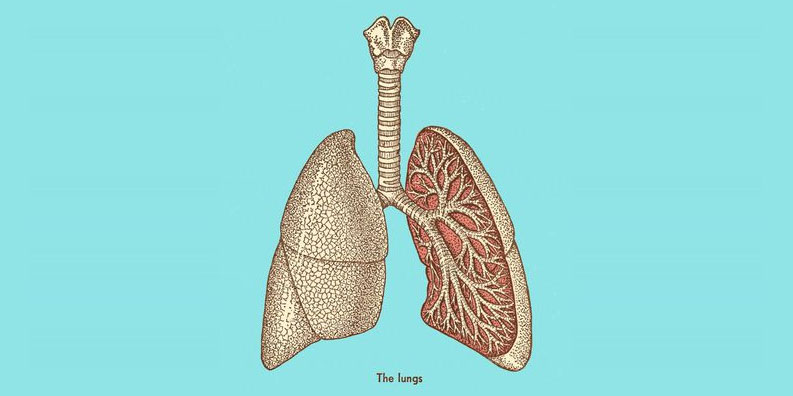
Low vitamin D symptoms
Jul 14, 2022
Advertisement
Although vitamin D has been linked to various health benefits, including the treatment of disease and the preservation of good health, many people are still vitamin D deficient. Vitamin D insufficiency affects a large portion of the population, particularly during the winter, due to a combination of factors, including a lack of sunlight.
Several diseases, such as cancer, high blood pressure, MS, RA, osteoporosis, muscular deterioration, and diabetes, are associated with their treatment, causation, and development. There should be measures to raise public and healthcare professional awareness of the overall deficit in Vitamin D.
Vitamin D is vital for bone health because it aids the body in absorbing the required amount of calcium from the diet. Rickets, a disorder in which the bone tissue does not adequately mineralize, has traditionally been connected with vitamin D insufficiency and has led to soft bones and skeletal abnormalities. However, more and more studies show that vitamin D is critical in preventing many health concerns.
Symptoms of Atopic Dermatitis

Because symptoms may not appear for months or years, it can be difficult to detect a vitamin D deficiency. There may be no signs or symptoms at all. Despite this, knowing what to look for regarding signs and symptoms is still useful.
Fatigue Illness or Infections. Vitamin D is critical in maintaining a healthy immune system and fending off disease-causing pathogens like viruses and bacteria. Vitamin D has a direct impact on the immune cells in our bodies.
Vitamin D deficiency may be a contributing factor if you frequently become unwell, especially with colds or the flu. Major observational studies have linked colds, bronchitis, and pneumonia to vitamin D deficiency.
Many studies have shown that taking vitamin D supplements of up to 4,000IU per day may help prevent respiratory tract infections. Over the past several years, an increased risk of COVID-19 and more severe symptoms have been associated with vitamin D insufficiency.
Bone and Back Pain. Some experts say vitamin D deficiency can cause bone and lower back discomfort. Vitamin D improves calcium absorption in the body, which helps maintain bone health.
Low vitamin D levels were shown to be associated with more severe lower back pain in one research of 98 people. However, a comprehensive evaluation of additional studies indicated that this correlation was not constant.
People with arthritis, muscular pain and chronic generalized pain were shown to have lower vitamin D levels than those without these illnesses in a review of 81 research.
Depression. Depression has been associated with vitamin D insufficiency, particularly in the elderly. However, some studies' findings are inconsistent. Supplemental vitamin D has a mixed record of effectiveness; however, some studies have suggested that it can ease depressive symptoms. The link between low vitamin D levels and depression must be explored further.
Impaired Wound Healing. Vitamin D deficiency may be blamed for slow wound healing following surgery or an accident. One research in test tubes even found that vitamin D increased the creation of chemicals essential for forming new skin as part of the wound healing process.
Many studies have shown that dental surgery patients with vitamin D deficiency have a decreased ability to recover. Additionally, optimal healing may depend on vitamin D's involvement in reducing inflammation and resolving infections.
Researchers in previous research of 221 participants, 112 of whom had diabetes-related foot infections, discovered increased levels of inflammatory markers in those with severe vitamin D insufficiency, potentially jeopardizing recovery.
Importance of Vitamin D

To remain healthy, our bodies require a variety of vitamins, including vitamin D. There are several uses for this vitamin, such as:
It is keeping Bones Strong. Keeping Rickets is one of the many disorders that may be prevented by having strong bones. Rickets is an ailment that weakens and softens the bones of children under 12. Vitamin D deficiency is the primary cause of this condition. Calcium and phosphorus cannot be utilized to create bones without vitamin D. Osteomalacia, or soft bones is a disorder that affects adults.
It absorbs calcium. Vitamin D, together with calcium, aids in the formation and maintenance of healthy bones. Osteoporosis, or the decrease of bone density, can lead to fractures if bones are weak. Vitamin D is transformed to an active form in the body after being consumed orally or through sun exposure. In this active state, calcium in your diet is absorbed to its full potential.
They are working with Parathyroid Glands. The parathyroid glands communicate with the kidneys, intestines, and skeleton minute-by-minute to keep calcium levels in the blood in check. When the diet is rich in calcium and Vitamin D, the calcium is digested and put to better use across the body. Parathyroid glands will 'steal' calcium from the skeleton to maintain blood calcium levels normal if calcium intake is inadequate or vitamin D levels are low.
Advertisement





